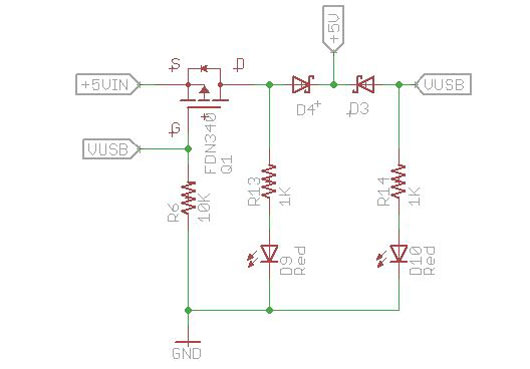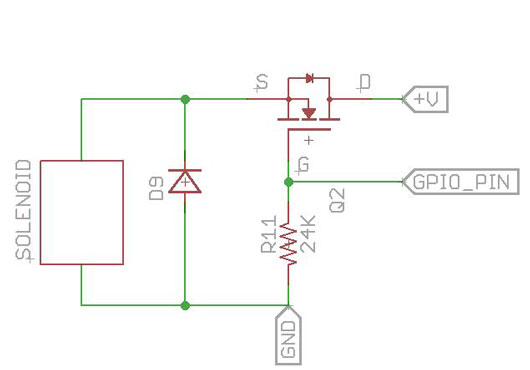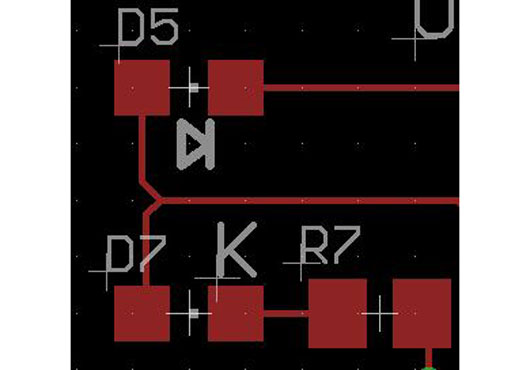How should you mark your diodes?
Duane Benson, Chief Technology Champion at a prototype PCB assembly electronic manufacturing company, Screaming Circuits discusses the question: 'How should you mark your diodes?'
Current flows through a diode from the anode to the cathode - it will pass current only when the potential on the anode is greater than the potential on the cathode. This is mostly true, but not always.
For the common barrier diode, or rectifier, it's a pretty safe bet. However, with a zener diode, or TVS, it's not true. And, that is why marking a diode, on your PC board, with the plus sign (+) is not good practice.
Take a look at the schematic clip in the image below.

Once you put this circuit on a PC board, you could legitimately place a plus sign on the anodes of D3 and D4, and another on their cathodes. In the next schematic clip, you could legitimately place both a plus sign, and a minus sign on the anode of D9.
But for prototype PC board manufacturers like Screaming Circuits, we don't know what you had in mind and we don't have the schematic. If you use the practice of marking diodes with a (+) on the anode, manufacturers don't have any more information than if you didn't mark it at all. The same holds for using a minus (-) sign. It really doesn't provide any information.
So how should you mark your diodes? The best method is to put the diode symbol next to the footprint. on the PC board, as shown in the image below. You can also use 'K' to indicate the Cathode, of 'A', to indicate the Anode. 'K' is used because 'C' could be mistaken for 'capacitor'.

D5, in the illustration on the image below would be the preferred method. D7 will work as well. If you don't have enough room on the board due to spacing constraints, you can put the same information in an assembly drawing.

Ambiguity is the enemy of manufacturers everywhere.


